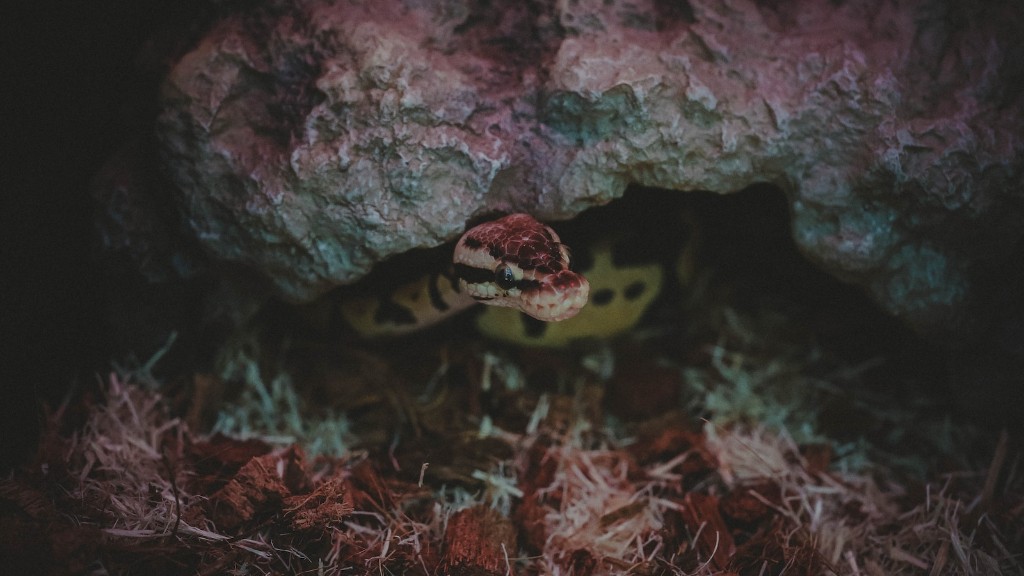Can a Rattlesnake Release Venom on Multiple Bites?
The question of whether a rattlesnake can release venom on multiple bites is a topic of interest for both researchers and the general public. Understanding how venom is delivered by these venomous snakes is crucial for developing effective treatment strategies in case of snakebites. In this article, we will explore the mechanisms behind venom release in rattlesnakes and examine the possibility of multiple venomous bites.
1. Venom Delivery Mechanism
Rattlesnakes, like other venomous snakes, possess specialized venom glands that produce and store venom. When a rattlesnake bites, muscles surrounding the venom glands contract, forcing venom through the venom ducts and into the hollow grooves of the fangs. Once the venom reaches the fang tips, it is injected deep into the tissues of the bitten organism.
Rattlesnake fangs are retractable, enabling the snake to control the depth and angle of fang penetration during a bite. This control allows the snake to maximize venom delivery and increase the chances of incapacitating prey or defending itself against potential threats.
2. Venom Consumption and Production
Contrary to popular belief, venom production in rattlesnakes is not an unlimited resource. Venom is a complex mixture of proteins and enzymes that require energy and resources to produce. After delivering venom through a bite, the venom glands require time to replenish their venom supply.
In the wild, rattlesnakes rely on venom as a means of immobilizing and digesting their prey. Multiple bites in quick succession would require the snake to consume a significant amount of venom, potentially depleting its resources and compromising its ability to hunt or defend itself.
3. Potential for Multiple Venomous Bites
While it is theoretically possible for a rattlesnake to release venom on multiple bites, several factors make it unlikely in practice.
a) Defensive Behavior: Rattlesnakes typically use venom as a defensive mechanism rather than an offensive one. When threatened, they will often provide warning signals, such as hissing or rattling their tails. Their primary goal is to deter potential threats rather than engage in repeated venom delivery.
b) Venom Conservation: Rattlesnakes have evolved to conserve venom as a valuable resource. Research has shown that even after delivering a bite, rattlesnakes can control the amount of venom released. By regulating the contraction of the venom gland muscles, they can minimize venom consumption and preserve their venom reserves.
c) Predatory Strategy: For rattlesnakes hunting prey, a single envenomation event is usually sufficient to immobilize and eventually kill the prey. Injecting excessive venom would not provide any additional advantage for the snake and could potentially lead to the loss of a valuable food source.
4. Conclusion
In conclusion, while a rattlesnake is capable of releasing venom on multiple bites, it is unlikely to do so in practice. The limited venom supply, defensive behavior, and predator-prey dynamics all contribute to a conservative use of venom in rattlesnakes. Understanding these mechanisms is crucial for snakebite research and the development of effective antivenom treatments. Further studies on the intricacies of venom delivery in rattlesnakes may provide additional insights into their behavior and enhance our ability to mitigate the risks associated with venomous snakebites.


